Hongjecheon Artificial Waterfall (홍제폭포)
17.0Km 2024-11-07
Yeonhui-dong, Seodaemun-gu, Seoul
Hongjecheon Artificial Waterfall is located along Hongjecheon Stream in Seodaemun-gu, Seoul. The waterfall was built in 2011 and is 25 meters tall and 60 meters wide. Despite being a man-made waterfall, the design and construction were so well-done that many find it hard to believe it wasn't a naturally formed waterfall. The area around the waterfall features various places for citizens and visitors to relax, while there are many cafes and cultural spaces in the area to make a visit more enjoyable.
Donuimun Museum Village (돈의문박물관마을)
17.0Km 2024-07-22
14-3 Songwol-gil, Jongno-gu, Seoul
Donuimun Museum Village is a historical and cultural space situated in the city center reborn through Seoul-style urban generation while still maintaining its historical value as the first village within the western gate of Hanyangdoseong as well as the lives and memories from the city's modern and contemporary era.
Together with the neighboring area surrounding Gyonam-dong, Jongno-gu, Donuimun Museum Village was selected for inclusion in the "Donuimun New Town" in 2003 for which all of the existing buildings were to be torn down to construct a neighborhood park. But the city of Seoul had another plan in mind; it wanted to maintain this small village, where the old lives and memories are still well-preserved, as a village museum to not only spread the historical significance of Saemunan Village, the first neighborhood within the western gate of Hanyangdoseong (the Seoul City Wall) but also establish the village as a historical and cultural asset for all Seoul citizens. The village was remodeled while keeping the buildings as untouched as possible and, in a few sites where houses had been torn down, broad yards were created. As a result, the warm and affectionate appearance of the village including modern structures, urban-style hanok, and streets with 100 years of history still remain today in their original places to be reborn as a place of new culture enjoyed and experienced by citizens.
Today, Donuimun Museum Village welcomes visitors with a new concept, "100 Years of Seoul, Time Travel Playground in the City." The village has undergone a significant overhaul to fill itself with "participation-style" spaces and contents where exhibits, experience sessions, performances, and marketplaces are held year-round while keeping 40 or so existing buildings intact in order to solidify its identity as a "living museum village," which is the original intention behind the village's creation.
Adidas Original - Myeongdong Branch [Tax Refund Shop] (아디다스오리지널 명동점)
17.0Km 2024-04-19
20, Myeongdong 8na-gil, Jung-gu, Seoul
-
Deoksugung Stone Wall Path (덕수궁 돌담길)
17.0Km 2025-01-10
24 Sejong-daero 19-gil, Jung-gu, Seoul
The Deoksugung Stone Wall Path runs along the wall of Deoksugung Palace. It is beautifully lit and landscaped, giving it a romantic atmosphere even at night. There are street performances and flea markets, and the area boasts many famous cafes and restaurants along Jeongdong street. In autumn, the ginkgo trees and walls form a stunning scene. Close to major cultural facilities such as the Seoul Museum of Art and Seoul Museum of History, it attracts numerous visitors come for a stroll.
Puksuwon Spaplex (북수원온천)
17.0Km 2025-05-21
2139 Seobu-ro, Jangan-gu, Suwon-si, Gyeonggi-do
Puksuwon Spaplex offers a relaxing escape for visitors with its spacious spa area and natural hot spring water. The facility uses alkaline water with a pH of 9.25. This mineral-rich spring water contains calcium, potassium, sulfuric acid, and iron, which are beneficial for relieving muscle pain, neuralgia, and skin conditions. The spa features various facilities, including hinoki baths, hot and cold springs, dry and ice saunas, a forest bathing room, a family lounge, and a restaurant, providing the perfect environment for visitors to unwind and relax.
Olive Young - Myeongdong Jungang Branch [Tax Refund Shop] (올리브영 명동중앙점)
17.0Km 2024-06-27
1F, 18, Myeongdong 8na-gil, Jung-gu, Seoul
-
Deoksugung Palace (덕수궁)
17.0Km 2025-06-25
99 Sejong-daero, Jung-gu, Seoul
Registered as a Historic Site, Deoksugung Palace was initially not a royal palace, but the residential home of Grand Prince Wolsan (1454-1488), the older brother of King Seongjong (1469-1494) of the Joseon dynasty. It wasn't until 1593 that the palace was used as a temporary palace of the royal family after their home was burned down during the Imjin War. King Seonjo also stayed at Deoksugung Palace after returning to the city. It became a proper palace when Gwanghaegun (1575-1641) ascended to the throne and gave this royal residence the name Gyeongungung Palace in 1611. Over the following decades, the palace alternated between being an official palace and a temporary residence. The name did not change officially to Deoksugung Palace, meaning the “palace of virtuous longevity,” until 1907. While the palace once encompassed a vast area with many buildings, the current palace grounds are just a small shadow of the prior splendor, with very few structures remaining.
Incheon Munhak Stadium (Incheon World Cup Stadium) (인천문학경기장(인천월드컵경기장))
17.0Km 2024-03-19
618 Maesohol-ro, Michuhol-gu, Incheon
+82-32-455-2677
Incheon Munhak Stadium was built to host the 2002 World Cup jointly hosted by South Korea and Japan. It is a multipurpose stadium capable of hosting not only soccer matches but also track and field events. Various events and performances, not limited to soccer, are often held here. Within the stadium complex, there are facilities such as the Incheon Children's Museum, the Collabo MICE Convention Center, and the Center for Sport Science in Incheon. Additionally, within the stadium grounds, there are the Incheon SSG Landers Field and the Park Tae-hwan Aquatics Center.
Olive Young - Seonjeongneung Station Branch [Tax Refund Shop] (올리브영 선정릉역)
17.0Km 2024-04-16
602, Seolleung-ro, Gangnam-gu, Seoul
-
Hotel The Plaza (플라자호텔)
17.1Km 2019-02-07
119, Sogong-ro, Jung-gu, Seoul
+82-2-771-2200
The hotel is ideally situated in the center of Seoul, located close to many office areas, major banks, the hotel, and the city's main public transportation junctions. Namdaemun Gate and many shopping areas are not too far, making it convenient for business guests and tourists alike. Also, the hotel faces the Blue House and the former City Hall building directly at closer distance, completing a spectacular view over Seoul.
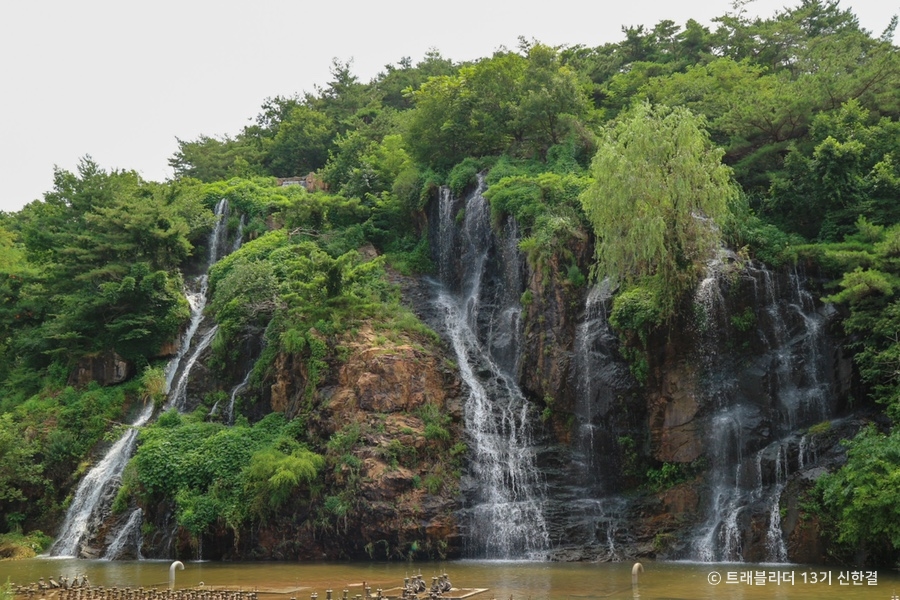
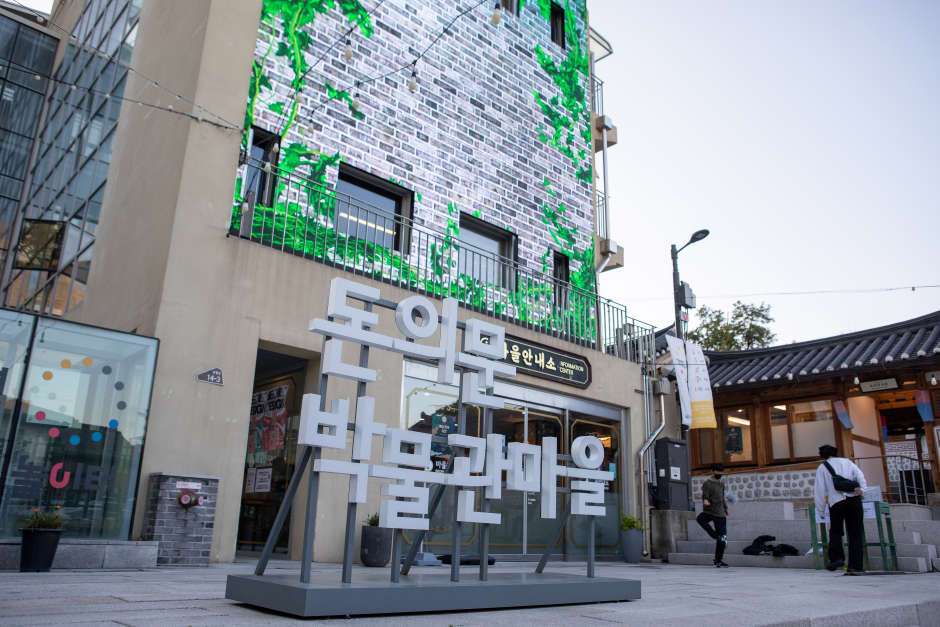
![Adidas Original - Myeongdong Branch [Tax Refund Shop] (아디다스오리지널 명동점)](http://tong.visitkorea.or.kr/cms/resource/39/2878639_image2_1.jpg)
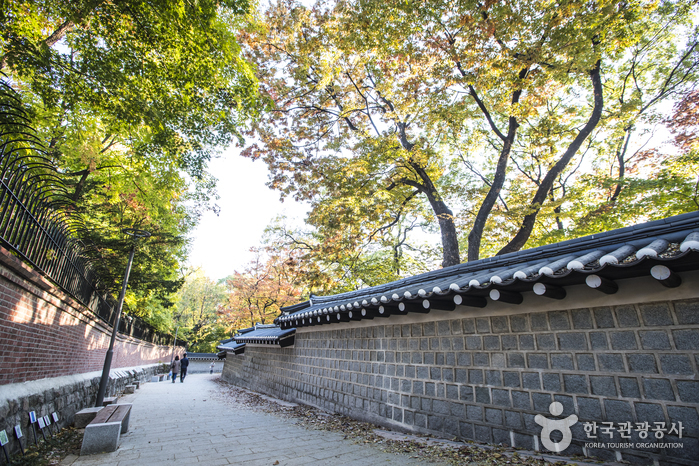
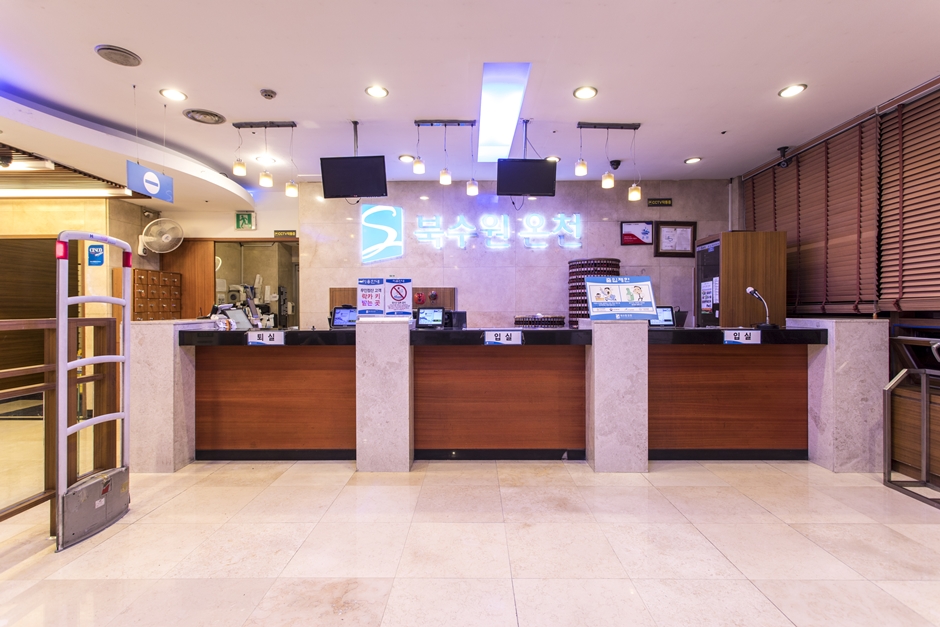

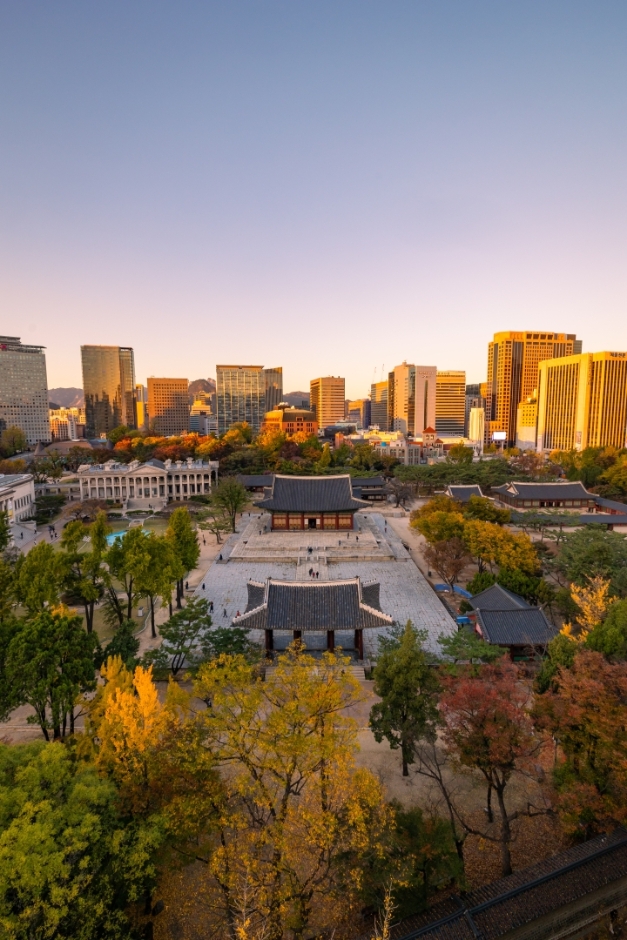
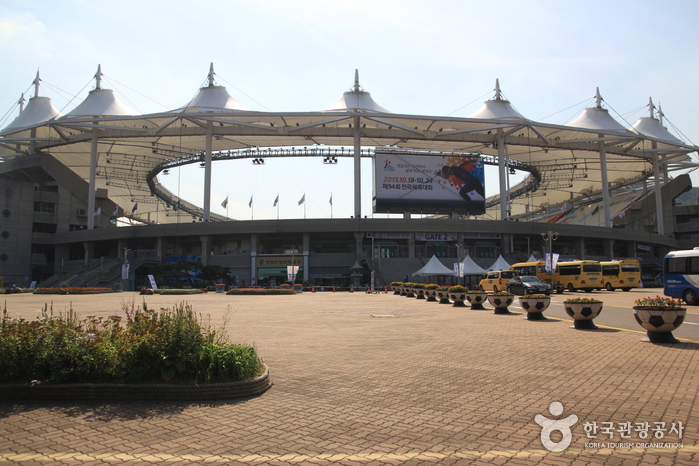
![Olive Young - Seonjeongneung Station Branch [Tax Refund Shop] (올리브영 선정릉역)](http://tong.visitkorea.or.kr/cms/resource/71/2879771_image2_1.jpg)
 English
English
 한국어
한국어 日本語
日本語 中文(简体)
中文(简体) Deutsch
Deutsch Français
Français Español
Español Русский
Русский